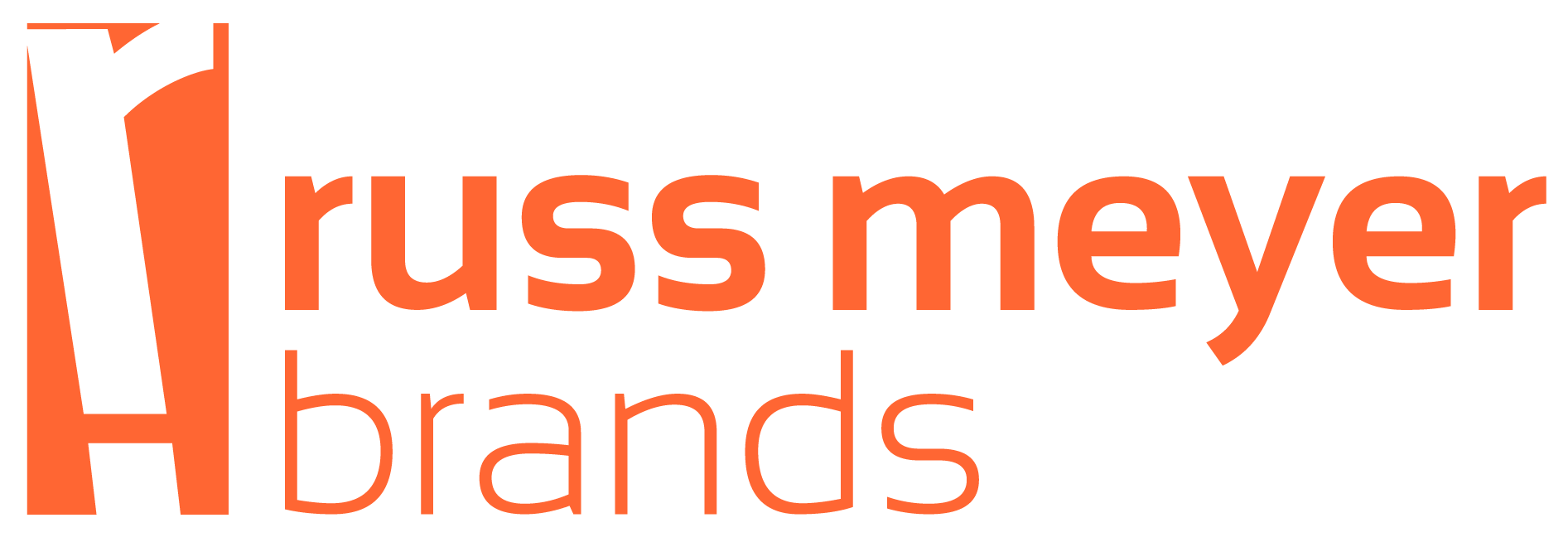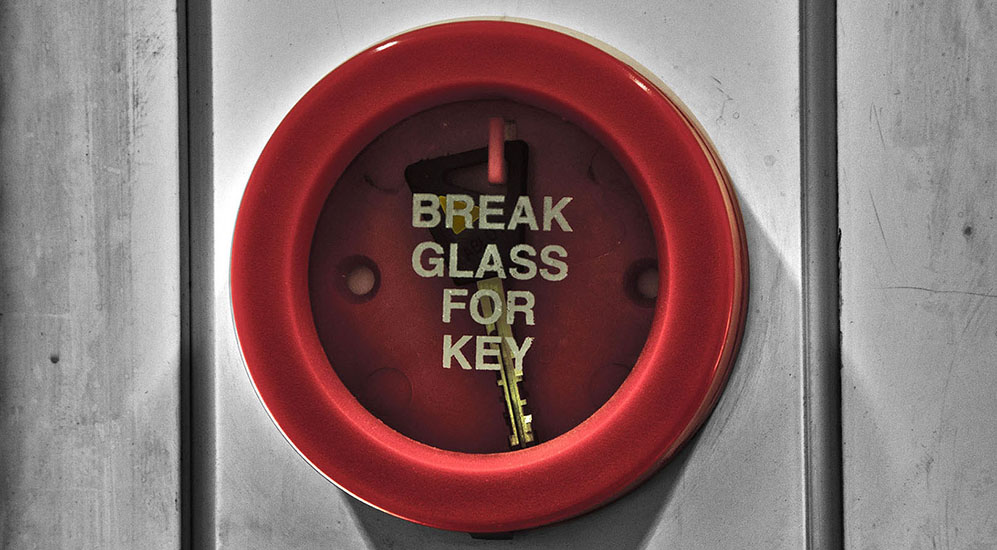Is Your Brand Urgent Enough?
Recently, a CMO client said to me in frustration, “Our brand needs more urgency.” What she meant was she needed the brand to start working harder faster, contributing to business performance sooner. It’s no surprise that CMOs are under enormous pressure to demonstrate the brand contribution to the business in tangible, mostly monetary, ways. It got me thinking about where and how brands could be working harder for the companies that have created them. And what the short-term (think current fiscal year) activities are where brand could pay off with tangible business results.
One of the biggest challenges with identifying short-term brand contribution is that brands are typically built and deliver value over a long period of time. Some people refer to brands as “annuities”, as effort and money invested early eventually pays off with greater value at some future time. Brand managers, when they’re at their worst, sometimes focus on the “investment in the brand” to the exclusion of the “return from the brand.” But much like the tension between growing top line revenue or managing bottom line profits, or the tension between long-term strategic goals and short-term tactics, there is a tension between building the brand and exploiting the brand. Only focusing on brand building is a bit like saving your pennies every day but never cracking open that piggy bank and doing something with all those coins.
If you believe that brand is both the “making of a promise” and the “keeping of a promise”, and you believe that brand must be managed holistically, then it should be easy to find areas where leveraging brand in the short-term can provide tangible business benefit. Obviously only “spending the brand” and not “building the brand” will eventually lead to brand bankruptcy, but in thinking about my CMO client and how to add ‘urgency’ to her brand efforts, I’ve identified three areas of focus where harnessing the brand can provide tangible, measurable benefit to an organization within the fiscal year.
Make a bad experience better
The first most obvious place where short-term gains can be had due to brand is in systematically correcting or solving customer experience failures. 66% of people surveyed highlight a bad customer experience as their reason for changing brands. Reducing churn or brand switching can have immediate business results for an organization. Considering brand as a system, CMOs should look to correct the most painful experience failures. They could institute greater self-service options. They could better manage customer expectations of the experience through communication and messaging. Although the “how” to improve experiences will likely differ by company and industry, using the brand as a framework to consider experience improvements (or reducing experience failures) will likely result in business improvements relatively quickly. And although focusing on a single poorly performing interaction or touch point can have immediate results, the real power comes in thinking about the experience holistically — in having a brand mindset. Applying that brand mindset, where impact is derived not from any individual interaction but cumulatively from multiple experiences and multiple touch points, can have the greatest impact on overall customer satisfaction, according to a recent Harvard Business Review article.
Engage Employees for a Better Experience
Applying that same brand mindset, where the focus is on the cumulative impact, will also pay dividends when it comes to employees, particularly frontline employees who interact with customers. A recent McKinsey articleidentified engaged and empowered front line employees as having the greatest impact on a positive emotional connection for customers. Engaged, empowered employees can translate the brand imperatives into powerful and satisfying customer experiences and they can also adapt and improve that experience in the moment, making the brand experience more relevant and engaging than the competition. While the CMO and the brand must play a central role in defining what an ‘ideal’ brand experience looks like for customers, engaging front line employees in defining how to deliver that experience (and identifying where real-world improvements are possible) is where the real impact of will come. Done correctly, providing guidance to employees through the brand can improve not only the customer experience but overall productivity. A recent study from the Center for Economic Studies indicated that employee productivity could increase up to 30% if employees feel they are working for a good cause. Identifying that cause, the purpose that your brand serves, can rally employees. Empowering employees to deliver a great experience, and giving them the freedom to deviate from standards when it is in the customer’s best interests are other key ways a CMO can use the brand to impact the business immediately.
Simplify your Systems
A final area where brand can demonstrably add value quickly is through simplicity. In the most recent 2017 Global Brand Simplicity index from Siegel+Gale, 64% of consumers were willing to pay more for simpler experiences. In addition, 61% of consumers said they were more willing to recommend a simpler brand. Having spent several years helping clients simplify their brand stories, architectures and experiences, I know every brand has an opportunity to improve performance through simplicity.
A complicated and confusing brand architecture, a customer experience with too many steps and disjointed logic flow, a brand story that is too complicated to grasp — all of these are opportunities for the application of simplicity. Simplifying any one of these can drive greater loyalty and price premium. That simplification is also likely to save the organization money — a double win. For example, consider the bottom line benefits of simplifying your product brand architecture. Not only will it likely enable customers to understand your product portfolio better and find the right product more easily, but those simplifications will also save operating costs year over year — starting immediately. In my experience, virtually every brand I’ve worked with over 20 years has a brand structure, story or operating model that is more complex than it needs to be. Focusing marketing effort on brand simplification immediately will pay benefits both in cost savings as well as greater customer satisfaction into the future.
As CMOs feel pressure to deliver greater results faster, every brand needs greater urgency — to be focused on the short-term gains as well as the long-term brand benefits. Obviously there’s no single magic bullet for how brands can provide tangible benefits immediately. But eliminating customer experience failures, aligning frontline employee behavior with the brand objectives and purpose, and simplifying the brand systems are just three ways that brands can start delivering on business results this year — while also improving overall brand health that can contribute lasting brand value far into the future.





